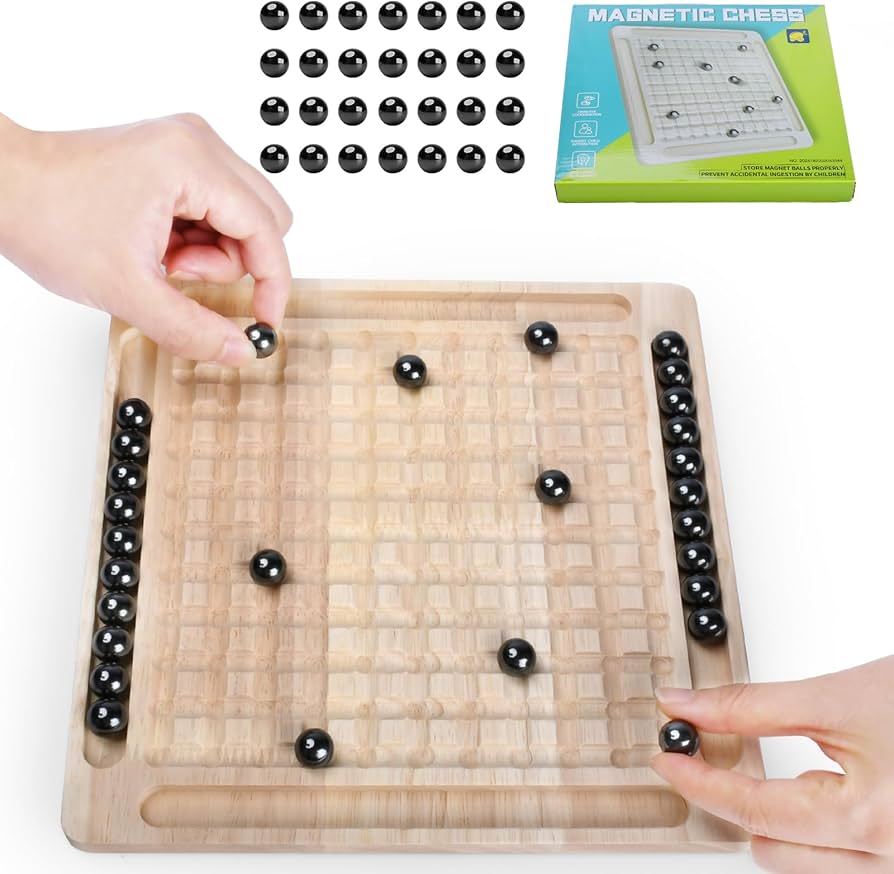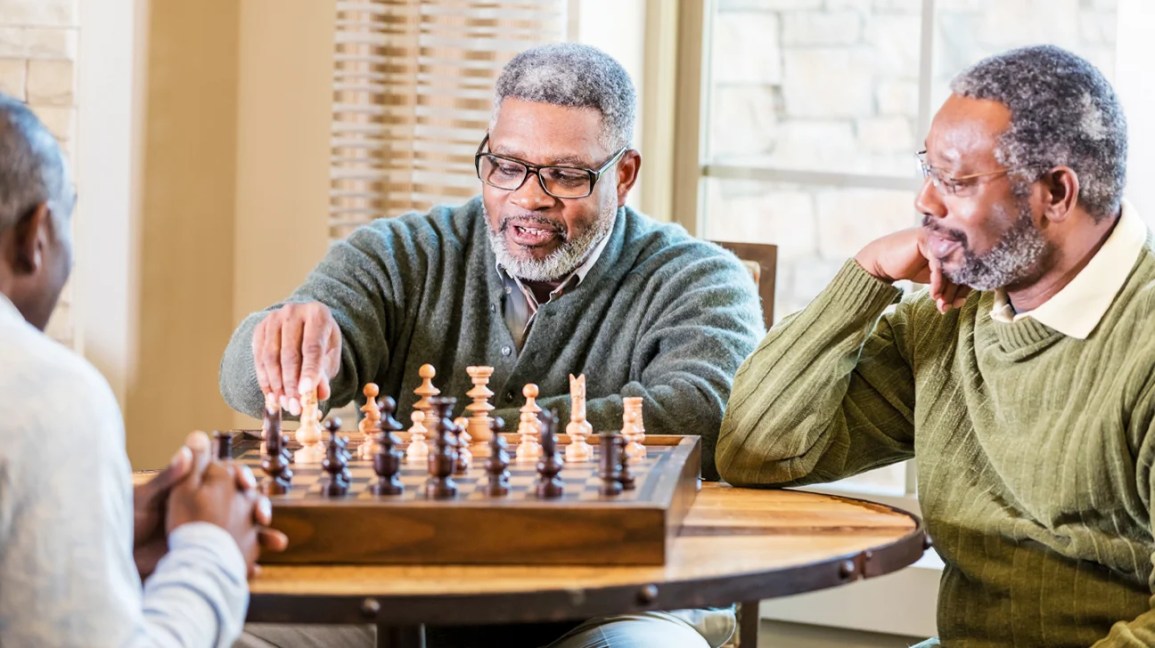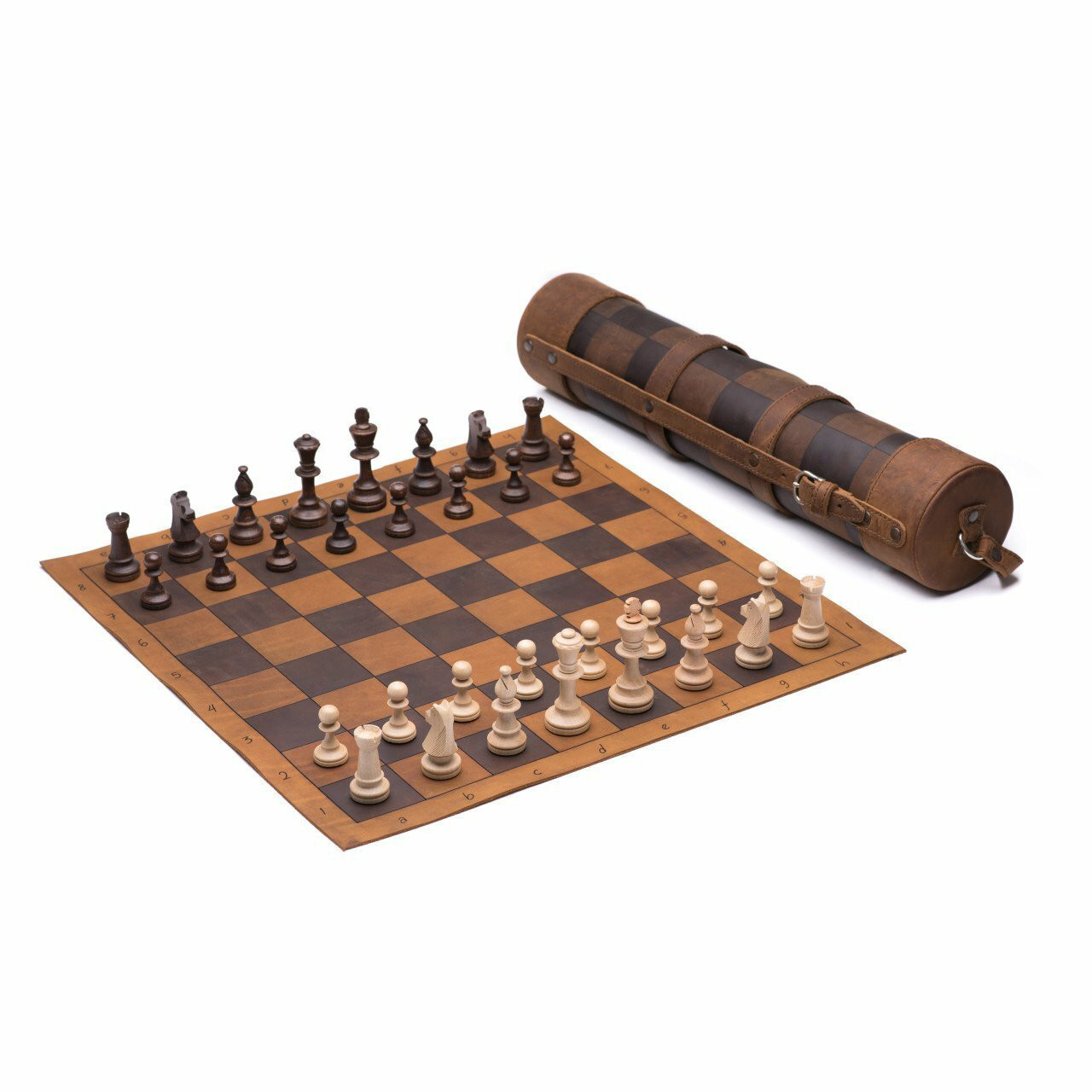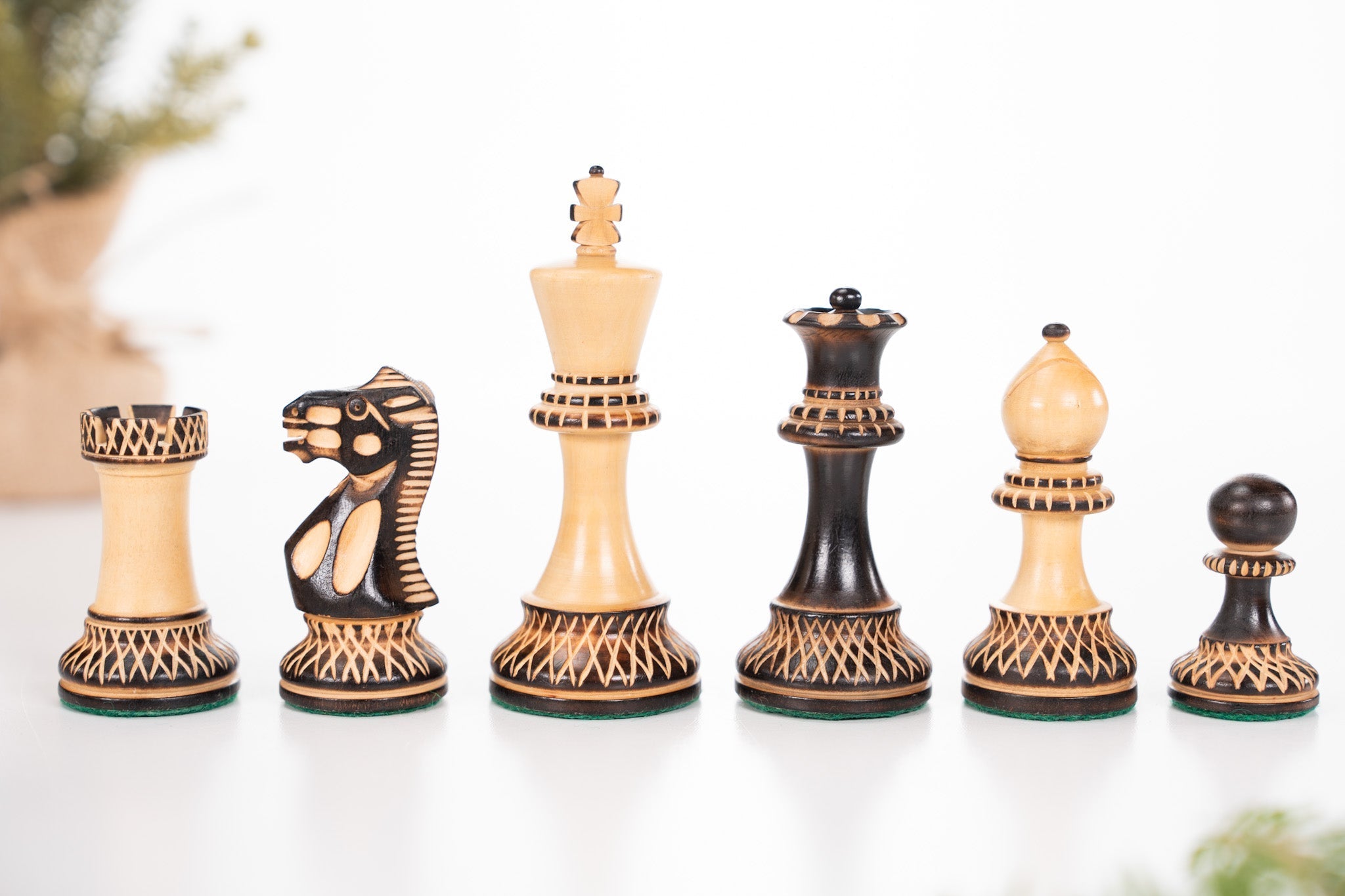Chess is a game of strict rules. Illegal moves are not part of it.
In chess, there are zero illegal moves allowed. If a player makes an illegal move, it is immediately corrected, and penalties may apply. Understanding the rules of chess is vital for fair play. Illegal moves can disrupt the flow of the game and lead to confusion.
Knowing what constitutes an illegal move ensures you play correctly and enjoy the game more. This knowledge also helps you spot when your opponent makes a mistake. Whether you are a beginner or an experienced player, grasping these rules is essential for improving your chess skills. Let’s delve deeper into what illegal moves are and their consequences in a game of chess.
Illegal Moves In Chess
Chess is a game of strategy and precision. Each move must follow strict rules. Illegal moves disrupt the flow and fairness of the game. Understanding these illegal moves helps players avoid mistakes and play fairly.
Common Illegal Moves
Illegal moves in chess can vary. Here are some common examples:
- Moving a piece in a way it is not allowed. For example, moving a rook diagonally.
- Placing the king in a position where it can be captured, known as an illegal check or move into check.
- Moving a piece through another piece, unless it’s a knight.
- Castling while the king or rook has already moved.
- Executing an en passant incorrectly.
Consequences Of Illegal Moves
Illegal moves have consequences in chess, especially in formal games:
- First illegal move: The opponent may claim a penalty, often a time addition.
- Second illegal move: The game may be forfeited, and the player making the illegal move loses.
In casual play, players may allow a redo of the illegal move. But frequent illegal moves can disrupt the game.
In tournaments, strict enforcement is common. Players must be vigilant to avoid penalties or disqualification.
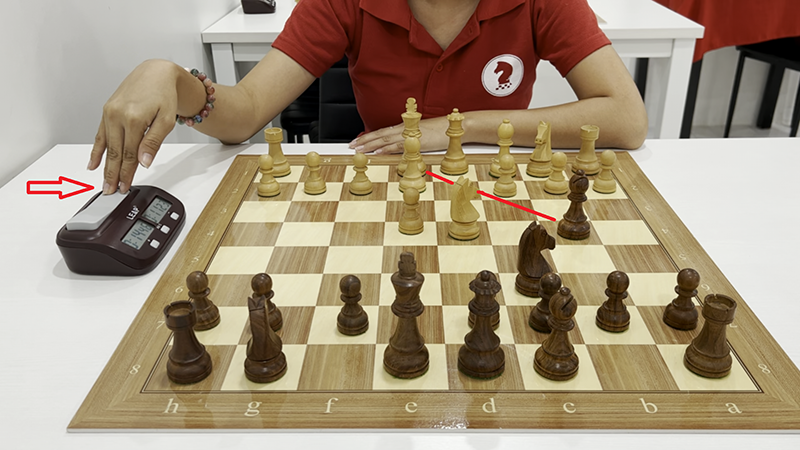
Credit: redknightchess.com
Chess Rules Overview
Chess is a game of strategy and skill. Knowing the rules is essential. This guide provides an overview of the basic and special moves in chess.
Basic Rules
Each player starts with 16 pieces. These include one king, one queen, two rooks, two knights, two bishops, and eight pawns. The objective is to checkmate the opponent’s king. Checkmate occurs when the king is in a position to be captured and cannot escape.
Players take turns moving one piece at a time. Each type of piece has its own unique movement. The rook moves in straight lines. The bishop moves diagonally. The queen combines the powers of both. The knight moves in an L-shape. Pawns move forward but capture diagonally. The king moves one square in any direction.
Special Moves
Chess has some unique moves. Castling is one of them. It involves the king and a rook. The king moves two squares towards the rook. The rook then moves to the square next to the king. This move can only be done if neither piece has moved before and there are no pieces between them.
En passant is another special move. It can occur when a pawn moves two squares forward from its starting position. If this move places it beside an opponent’s pawn, the opponent can capture it as if it had only moved one square. This must be done immediately after the two-square move.
Promotion happens when a pawn reaches the opposite end of the board. The pawn can be promoted to any piece, except a king. Most players choose a queen for promotion.
Handling Illegal Moves
Understanding how to handle illegal moves in chess is crucial for fair play. Whether in casual games or tournament settings, rules must be followed. This ensures a fun and fair experience for all players.
During Casual Play
In casual games, the handling of illegal moves is more relaxed. Friends often allow take-backs. This means a player can undo an illegal move. This way, the game continues smoothly without arguments.
Here are common ways to handle illegal moves during casual play:
- Take-Backs: Players agree to undo the illegal move.
- Warnings: Players may issue a warning for the first offense.
- Penalty Moves: Some groups may impose a penalty move.
Casual games focus on learning and enjoyment. Thus, strict rules are often relaxed.
In Tournament Settings
In tournaments, handling illegal moves is strict. The rules ensure fair play and professionalism. The FIDE Laws of Chess govern these situations.
Here is a table summarizing the consequences of illegal moves in tournaments:
| Illegal Move | Consequence |
|---|---|
| First Offense | Warning and time penalty |
| Second Offense | Loss of the game |
In tournaments, no take-backs are allowed. The game is paused, and a referee decides the outcome. The strict rules maintain the competitive integrity of the game.
Follow these guidelines to handle illegal moves appropriately. Whether playing casually or in tournaments, fairness should always be the priority.
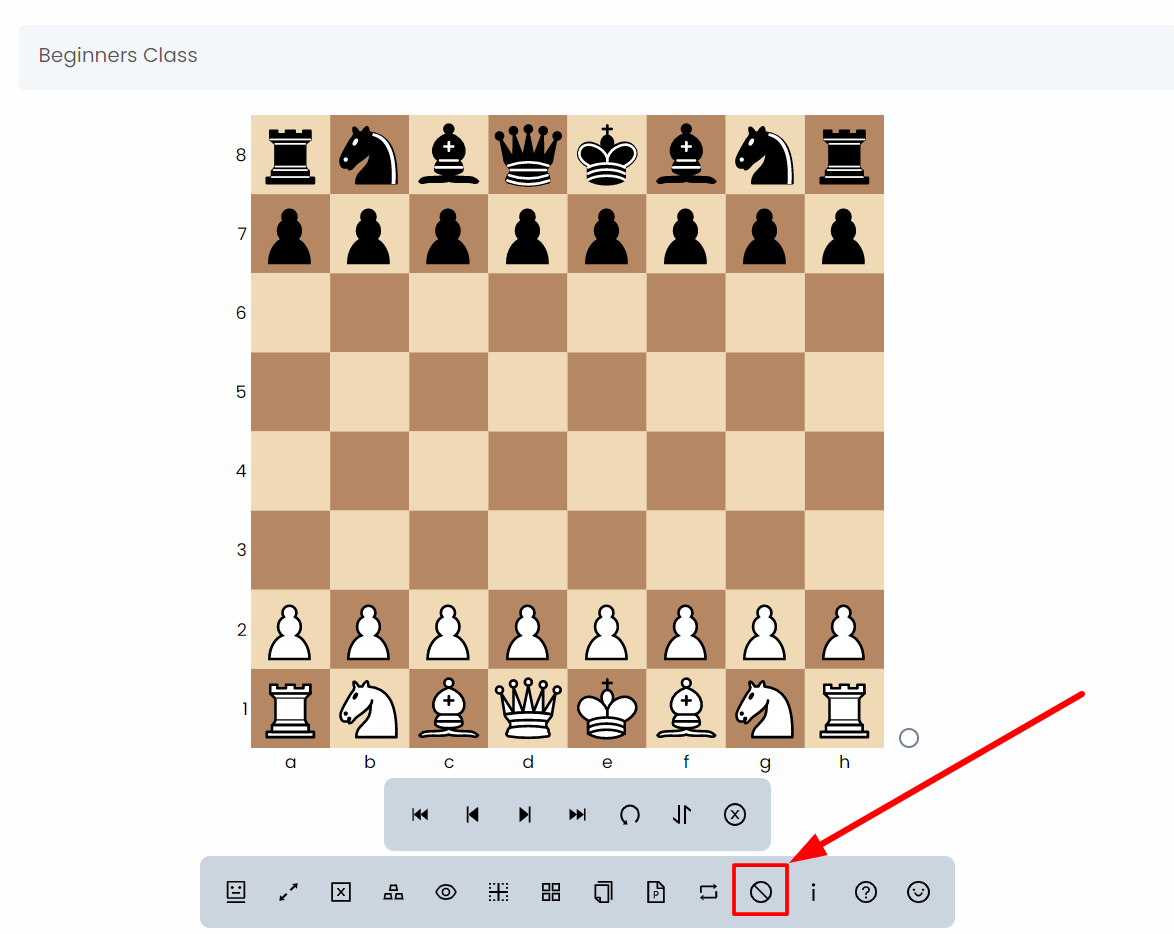
Credit: chesslang.com
Enforcement Of Rules
Enforcement of rules is vital in chess to ensure fair play. Knowing how many illegal moves are allowed and who enforces these rules is key. Let’s delve into the role of the arbiter and player responsibilities.
Role Of The Arbiter
The arbiter is the referee in chess. They ensure the game follows the rules. The arbiter can penalize players for illegal moves. The penalties depend on the level of the game. In professional matches, one illegal move can lead to a loss. In casual games, more leniency is given, but still, the rules must be followed.
The arbiter also resolves disputes between players. They make the final decision on any rule violations. Their decision is final and must be respected. This ensures the game proceeds smoothly.
Player Responsibilities
Players must know the rules of chess. Making an illegal move shows a lack of rule knowledge. Players are responsible for their actions during the game. If a player makes an illegal move, they must accept the penalty.
Chess players should also be aware of their opponent’s moves. If an opponent makes an illegal move, the player should alert the arbiter. This helps maintain fair play and ensures the game follows the rules.
Players need to practice and understand the rules well. This reduces the chances of making illegal moves. A well-informed player contributes to a fair and enjoyable game for both sides.
Penalties For Illegal Moves
In chess, making an illegal move can disrupt the game. Penalties for such moves vary. They depend on whether the game is casual or in a tournament setting. Understanding these penalties helps maintain fairness and rules.
Casual Game Penalties
In a casual game, penalties for illegal moves are generally lenient. Players often choose to correct the mistake and continue playing. Here are some common actions taken:
- Correct the illegal move and play continues.
- Discuss and agree on a fair resolution.
- Restart the game if necessary.
These actions ensure the game remains enjoyable. Friends and family often follow this approach.
Tournament Penalties
In tournaments, the penalties for illegal moves are stricter. The rules depend on the chess federation or organizing body. The most common penalties include:
- First illegal move: A warning is issued.
- Second illegal move: The opponent is awarded an extra two minutes.
- Third illegal move: The player making the move loses the game.
Here’s a quick table to illustrate:
| Number of Illegal Moves | Penalty |
|---|---|
| First | Warning |
| Second | Opponent gains two extra minutes |
| Third | Game loss |
These penalties ensure the game is played fairly. They discourage players from making illegal moves. Following the rules is crucial in maintaining the integrity of the game.
Correcting Illegal Moves
Correcting illegal moves in chess is crucial for fair play. Illegal moves can disrupt the flow of the game and create confusion. Understanding how to correct these moves helps players maintain the integrity of the match. There are specific rules and procedures for correcting illegal moves, which can be divided into two main categories.
Immediate Correction
If an illegal move is detected immediately, it must be corrected right away. Both players must ensure that the game returns to the correct position before the illegal move occurred. Here’s how to do it:
- Pause the clock.
- Revert to the last legal position.
- Reset any timers if necessary.
- Resume the game with the correct move.
Immediate correction ensures that the game stays fair. Both players can quickly get back on track.
Delayed Correction
Sometimes, an illegal move is not noticed right away. In these cases, the move must be corrected once detected. Follow these steps for delayed correction:
- Pause the clock.
- Identify the last legal position.
- Revert the pieces to that position.
- Resume the game from that point.
Delayed corrections can be more complex. Ensure both players agree on the correction process. This maintains the game’s integrity.
Preventing Illegal Moves
Illegal moves in chess can disrupt the game and cause confusion. It is important to minimize these errors for a smooth and fair game. Here are some effective ways to prevent illegal moves in chess.
Player Education
Teaching players the rules of chess is key. Understanding the game reduces mistakes. Here are a few ways to educate players:
- Chess Books: Reading books on chess can help players learn the rules.
- Online Tutorials: Many websites offer free tutorials for beginners.
- Chess Classes: Attending classes helps players learn from experienced coaches.
Education helps players recognize legal and illegal moves quickly. Knowledge is power in chess.
Use Of Technology
Technology can also play a role in preventing illegal moves. Here are some tools that can help:
- Chess Software: Programs like ChessBase can highlight illegal moves.
- Electronic Boards: These boards detect and signal illegal moves instantly.
- Mobile Apps: Apps like Lichess offer practice games and tutorials.
These tools make it easier to avoid mistakes. Technology is a valuable aid in modern chess.
Famous Cases
Illegal moves in chess can lead to significant consequences. There have been several famous cases where illegal moves have played a crucial role. Let’s explore some of these notable instances.
Historic Matches
One of the most famous cases of an illegal move occurred in the 1978 World Chess Championship. Viktor Korchnoi faced Anatoly Karpov. During the match, Korchnoi made an illegal move. He moved his pawn two squares forward from the sixth rank. This caused a stir among the spectators and officials. The move was quickly spotted, and Korchnoi was required to retract it. This incident highlighted the importance of vigilance in high-stakes games.
Another historic case happened during a 1924 tournament in New York. Alexander Alekhine played against Efim Bogoljubov. Alekhine made an illegal move by moving his king into check. Bogoljubov immediately pointed it out. Alekhine had to move his king back. This instance showed that even grandmasters can make mistakes.
Modern Examples
In 2014, during the Candidates Tournament, Veselin Topalov made an illegal move against Vladimir Kramnik. Topalov moved a piece to an illegal square. The arbiter quickly intervened, and the move was corrected. This incident emphasized the importance of following the rules even in modern games.
Another recent example occurred during the 2018 World Rapid Championship. Daniil Dubov made an illegal move against Anish Giri. Dubov moved his knight to a square already occupied by his own pawn. The illegal move was spotted, and the game continued after correction. This case showed how even in fast-paced games, illegal moves can happen.

Credit: www.chess.com
Conclusion
Chess rules may seem strict, but they ensure fair play. One illegal move can end your game. Always double-check your moves. Learning the rules will help you avoid mistakes. Practice makes you better. Stay alert and enjoy the game. Chess is about strategy and thinking ahead.
Respect the rules and your opponent. Happy playing!

